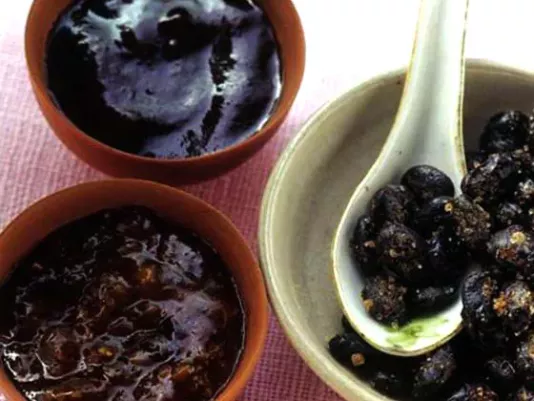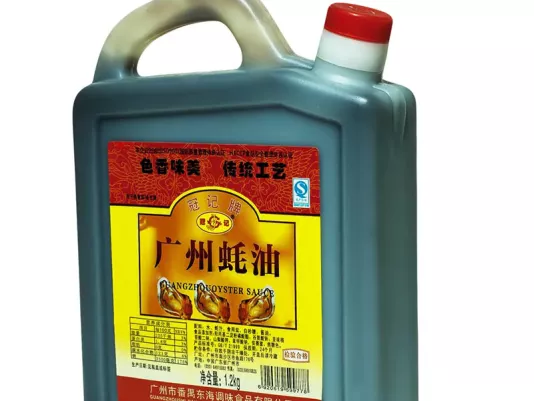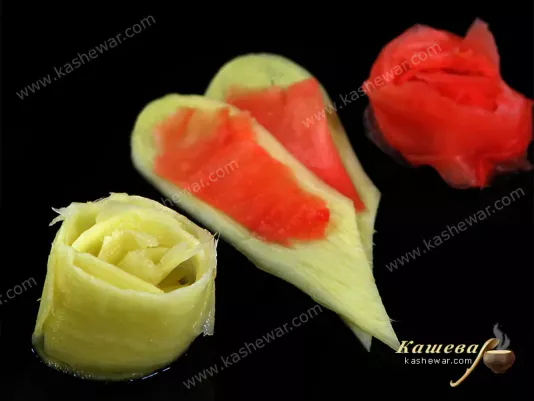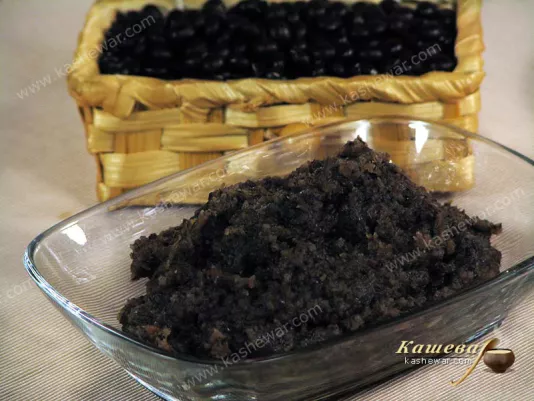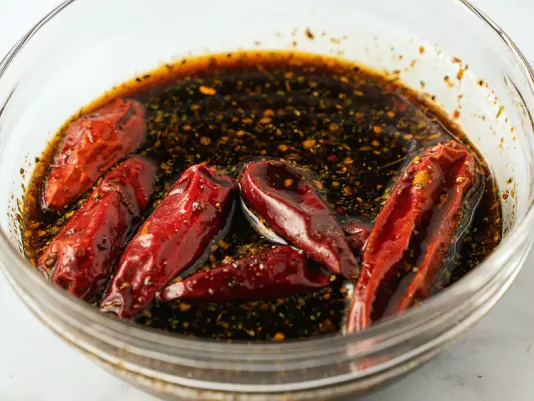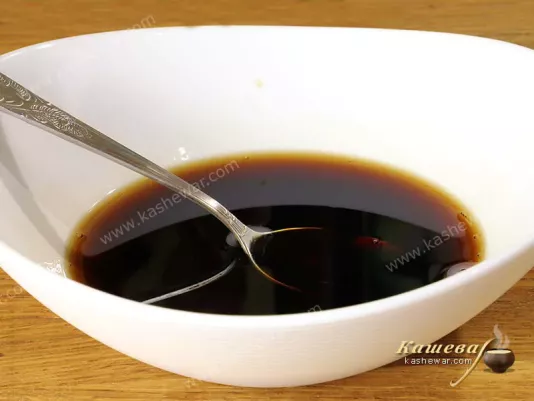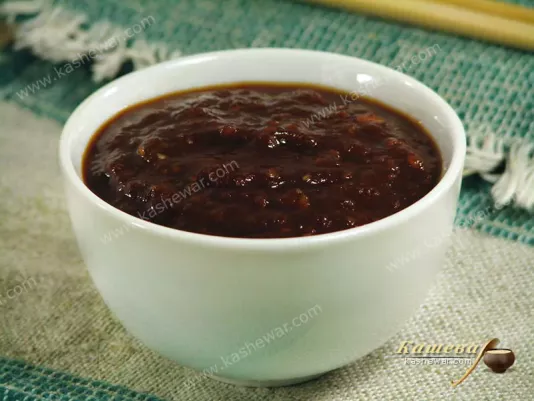Soy and Asian Sauces
Soy and Asian sauces have become a real key to the world of Eastern flavors for me. I remember when I first tried classic soy sauce and realized how much it can highlight even the simplest ingredients, making them richer and more balanced. Teriyaki for me is always associated with the aroma of marinated meat that turns out juicy with a slight sweetness. I love cooking dishes with oyster and fish sauces because they give that special umami taste which is hard to replace with other ingredients. Tonkatsu and yakitori sauces I use when I want to recreate the atmosphere of Japanese cuisine at home, and hoisin for me is a way to add thickness and deep aroma to dishes. Soy paste and chili paste allow me to adjust spiciness and create more expressive combinations. I have realized that these sauces do not just complement meals, but define their character, letting me feel the true spirit of Asian cuisine even at home.
Varieties of Soy and Asian Sauces
Classic Soy Sauce and Its Variations
Soy sauce has become a real foundation of my introduction to Asian cuisine. I love its versatility: it works equally well for meat marinades, vegetables, soups, or even salads. When I cook with soy sauce, I always notice how it enhances the natural taste of ingredients and adds a gentle saltiness with a deep umami shade. Spicy soy sauce for me is a way to diversify my menu when I want more piquancy and brightness. I use it for noodles, fried rice, or even as a dressing for steamed vegetables. I have realized that soy sauce and its spicy variations always allow me to change the mood of a dish: from classic balanced to bolder and richer. For me, these sauces have become a true tool that gives cooking new shades, as even a simple dish turns into something special with them.
Teriyaki, Yakitori, and Tonkatsu
Teriyaki, yakitori, and tonkatsu are sauces that instantly immerse me in the world of Japanese cuisine. When I cook chicken or fish with teriyaki, I like that it becomes juicy, fragrant, and has a pleasant sweet note. Yakitori sauce for me is associated with the aroma of grilled skewered meat, and I often use it for barbecues or roasting, as it gives dishes expressiveness and an appetizing glaze. Tonkatsu I discovered as a sauce for cutlets and chops, and since then it has often appeared on my table. I enjoy its thickness and rich flavor with a light sourness that goes perfectly with the crispy crust of meat. I have realized that these Japanese sauces not only add taste but also create a whole atmosphere of the cuisine where they originated. For me, they are a way to get closer to traditional Asian dishes, even when I cook them at home.
Hoisin and Oyster Sauce
Hoisin and oyster sauce became real discoveries for me when I started exploring Chinese cuisine. I use hoisin sauce for marinating meat, preparing noodles, or even as a dressing for vegetables. I like its thickness, sweet and spicy flavor, and the expressiveness it brings to dishes. Oyster sauce for me has a different character: it gives meals a deep umami taste that enhances even the simplest combinations. I often add it to vegetable dishes, soups, or seafood, and each time the taste becomes richer. For me, these two sauces are examples of how just a few spoonfuls can completely transform a dish and make it taste like in a restaurant. I have realized that hoisin and oyster sauces open the door to new culinary experiments, as they allow me to create multilayered flavors that are hard to achieve otherwise. For me, they have become favorite ingredients that I always keep at hand.
Fish Sauce and Its Uses
Fish sauce has been one of the most unusual ingredients I have worked with, but over time it found its place in my kitchen. When I first opened a bottle, its aroma seemed too strong, but after adding just a few drops to a dish, I realized how much it can transform the flavor. I love using fish sauce in soups, especially Thai or Vietnamese ones, as it brings depth and richness that are hard to recreate otherwise. I also add it to noodle sauces or marinades, and even a small amount makes a dish more expressive. For me, this sauce is a true source of umami that helps create meals with a bright character. I have realized that fish sauce, despite its specificity, becomes a universal tool in cooking once you learn how to use it properly. For me, it symbolizes the authenticity of Asian cuisine and gives dishes the depth that is sometimes missing in everyday meals.
Soy Paste and Chili Paste
Soy paste and chili paste have become real ingredients for me that make dishes more expressive and multifaceted. When I use soy paste, I enjoy its dense texture and deep taste that goes perfectly with soups, noodles, or stewed vegetables. It adds thickness and richness, making meals more filling. Spicy soy paste for me is the perfect way to add piquancy: I love using it for marinades, spicy soups, and dishes where I want to highlight the flavor of other ingredients. Chili paste for me is always associated with warmth and heat, which reveals the taste of any dish, from noodles to meat sauces. I have realized that these pastes allow me to adjust the level of spiciness and make my menu more diverse. For me, they have become universal helpers that let me create meals with character and bring new flavor notes to them.



